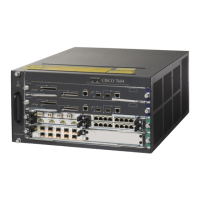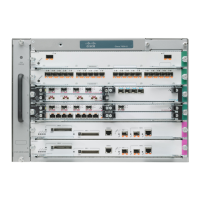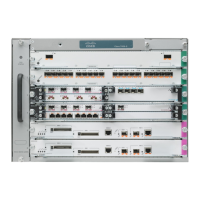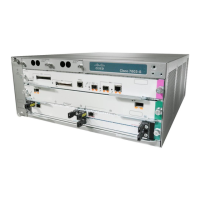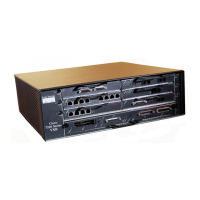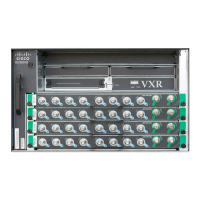34-6
Cisco 7600 Series Router Cisco IOS Software Configuration Guide—12.1E
78-14064-04
Chapter 34 Configuring Local SPAN and RSPAN
Local SPAN and RSPAN Configuration Guidelines and Restrictions
Local SPAN and RSPAN Source and Destination Limits
These are the local SPAN and RSPAN source and destination limits:
Local SPAN and RSPAN Guidelines and Restrictions
These guidelines and restrictions apply to both local SPAN and RSPAN:
• You need a network analyzer to monitor destination ports.
• You can configure both Layer 2 LAN ports (LAN ports configured with the switchport command)
and Layer 3 LAN ports (LAN ports not configured with the switchport command) as sources or
destinations.
• With Release 12.1(13)E and later releases, you can configure destination ports as trunks to capture
tagged traffic. With earlier releases, if you configure a trunk port as a destination port, SPAN
suspends trunking on the port.
• A port specified as a destination port in one SPAN session cannot be a destination port for another
SPAN session.
• A port configured as a destination port cannot be configured as a source port.
• A port channel interface (an EtherChannel) can be a source.
–
With Release 12.1(13)E and later releases, you cannot configure active member ports of an
EtherChannel as source ports. Inactive member ports of an EtherChannel can be configured as
sources but they are put into the suspended state and carry no traffic.
–
With releases earlier than 12.1(13)E, if you configure a member port of an EtherChannel as a
SPAN source port, it is put into the suspended state and carries no traffic.
• A port channel interface (an EtherChannel) cannot be a destination.
–
With Release 12.1(13)E and later releases, you cannot configure active member ports of an
EtherChannel as destination ports. Inactive member ports of an EtherChannel can be configured
as destinations but they are put into the suspended state and carry no traffic.
–
With releases earlier than 12.1(13)E, if you configure a member port of an EtherChannel as a
SPAN destination port, it is put into the suspended state and carries no traffic.
• You cannot mix individual source ports and source VLANs within a single session.
• If you specify multiple ingress source ports, the ports can belong to different VLANs.
• You cannot mix source VLANs and filter VLANs within a session. You can have source VLANs or
filter VLANs, but not both at the same time.
• When enabled, local SPAN or RSPAN uses any previously entered configuration.
• When you specify sources and do not specify a traffic direction (ingress, egress, or both), “both” is
used by default.
Sources and Destinations Local SPAN Sessions RSPAN Source Sessions RSPAN Destination Sessions
Egress sources 1 (0 with a remote SPAN
source session configured)
1 (0 with a local SPAN egress
source session configured)
1 RSPAN VLAN
Ingress sources 64 64
Destinations per session 64 1 RSPAN VLAN 64

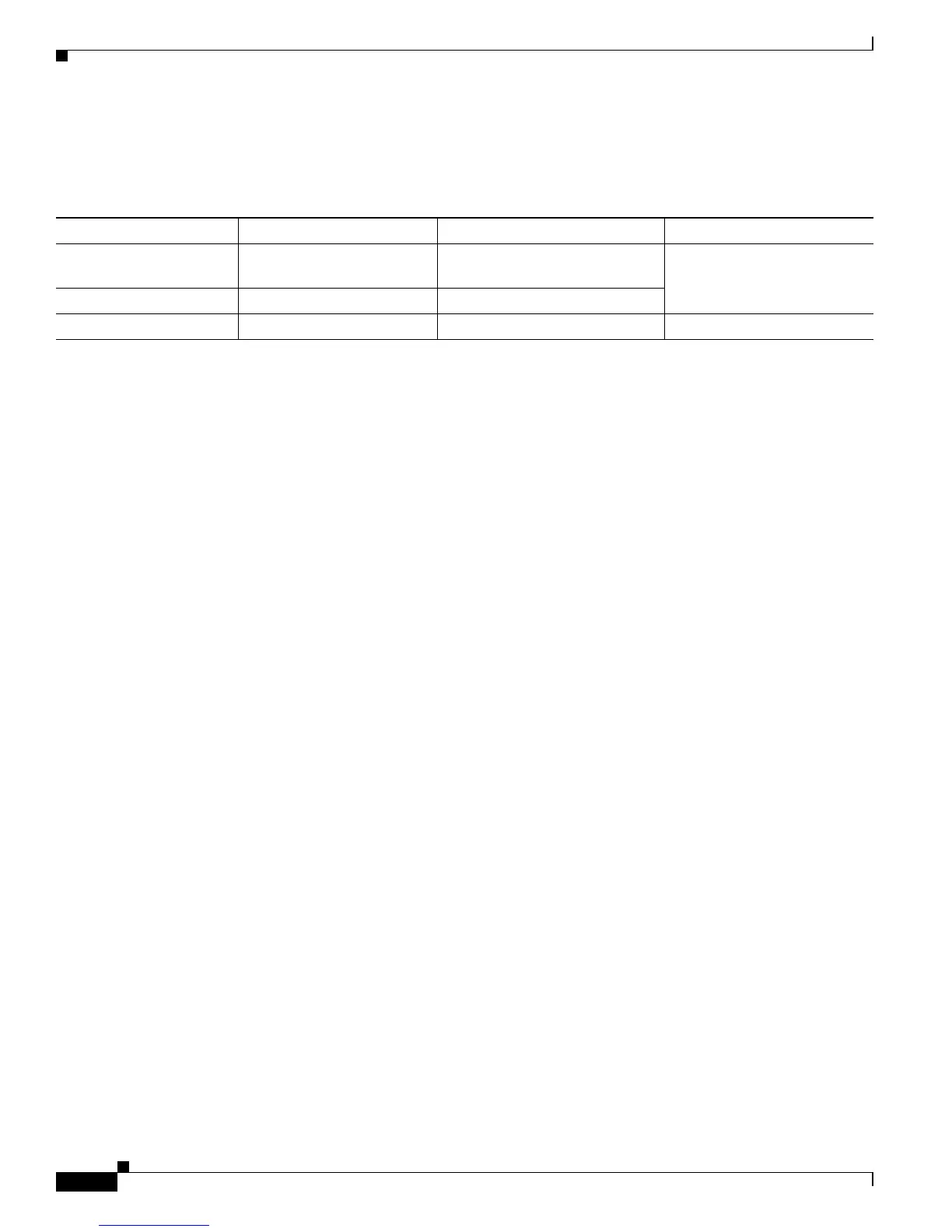